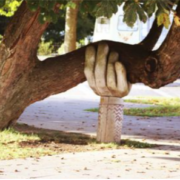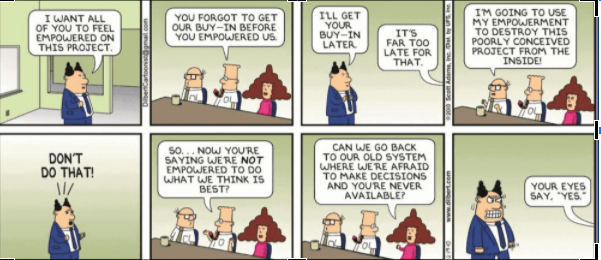Getting Accountability Right; Actions steps to get accountability right in your workplace
Ditch the fear-driven accountability and move into a more hands-off approach with clear expectations.

Crucial conversations with your boss…, evaluation of an underperforming employee…, performance reviews that are behind schedule…
How’s your heart rate right about now? Chances are, these ideas do not fill you with joy or excitement. Accountability has turned into an ugly word associated with anxiety and paperwork.

What happens when you get accountability right? It turns into a workplace filled with high trust, is purpose-focused, and disciplined. Your Team focuses on growth, commitment, fairness, and consistency. With high levels of accountability, you will set your Team up for success and they will want to contribute their best willingly.
According to my article on strengths, positive attention is 30 times more effective than negative attention. How are you highlighting things going well and learning from mistakes? As a leader, your job is to take responsibility for pitfalls and give your Team credit when things go well.
What does your accountability look like?
Actions steps to get accountability right in your workplace:
- Move towards eyes-on, hands-off: If you maintain a hands-on leadership style, you’re the limiting factor when it comes to your Team’s growth. Find ways to delegate and step away from the details so that your Team can move up and out without your permission every step of the way.
- Create mutual expectations with your Team: You always want demonstrated behavior > expected behavior. Use this weekly check-in to keep you and your Team aligned with priorities and expectations making accountability an asset while keeping your heart rate normal.
- Give your Team a sense of Agency: Everyone does better when they feel like they have control. Employees want agency, and oftentimes you want to give them agency. You can do this by explaining the “what” and “why” and leave the “how” to them. With clear expectations, this is a win-win.
Laura Colbert Consulting Programs
- Lead Well: For Newly Promoted Leaders is an 8-week program that will help your newly promoted leaders thrive as they move from peer status to power status. Click here to download the one-pager. Are you a good fit for this program? SIGN UP NOW! Book a free 30-minute consultation with Laura to make sure this is the best fit for you. NEXT PROGRAM STARTS IN JUNE.
The Trusted Advisor Program is my most intensive 1-on-1 program. Within 90 days, you’ll gain habits that create breakthrough success. You get personalized coaching and support, relentless accountability, and commonsense action steps that get results. Additional Offerings:
Join our central Wisconsin in-person or online Impactful Leadership Lunch. Join like-minded leaders during this monthly mastermind lunch group to improve your business efficiency, boost employee retention, and get you focused on doing what gives you joy.
Are you looking for a Keynote Speaker at your next event? I use my past experiences and knowledge to show you how to be the best version of yourself, surround yourself with the right people, and build highly productive teams.
Book:
Sirens: How to Pee Standing Up – An alarming memoir of combat and coming back home. This book depicts the time of war and its aftermath. It seamlessly bridges the civilian and military divide and offers clarity to moral injury and post-traumatic stress.
laura.colbert@strategicleadersacademy.com
Get this newsletter delivered to your inbox. Click Here.
Sign up for a free quick coaching session here to see if we’re a good fit.












